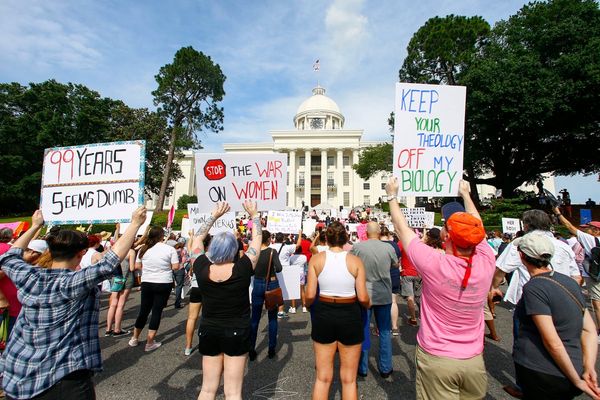
Photograph: Science & Society Picture Librar/Getty Images

Photograph: Pierre Perrin/Corbis

Photograph: Science & Society Picture Librar/Getty Images

Photograph: Science & Society Picture Librar/Getty Images

Photograph: Michael Ventura/Alamy

Photograph: Larry Downing/Reuters/Corbis

Photograph: Larry Downing/Reuters/Corbis

Photograph: Larry Downing/Reuters/Corbis

Photograph: Martin Shields/Alamy

Photograph: Ron Sachs/CNP/Corbis

Photograph: Christine Nesbitt/AP

Photograph: Gregory Heisler/Time & Life Pictures/Getty Image

Photograph: Chris Young/PA

Photograph: Science & Society Picture Librar/Getty Images

Photograph: Martin Argles/Guardian

Photograph: Martin Argles/Guardian







